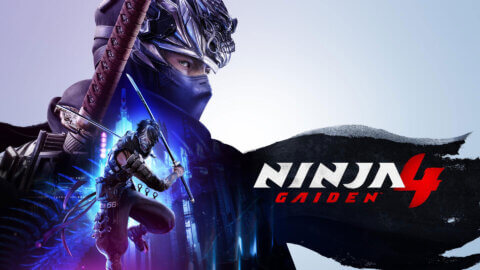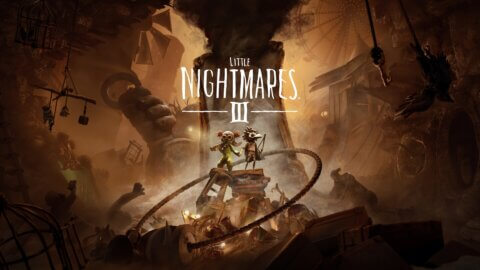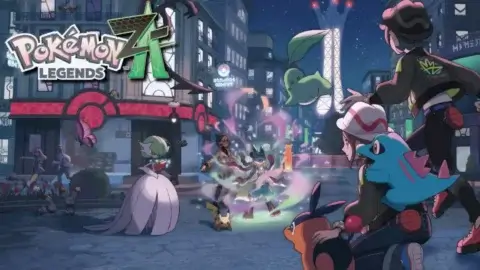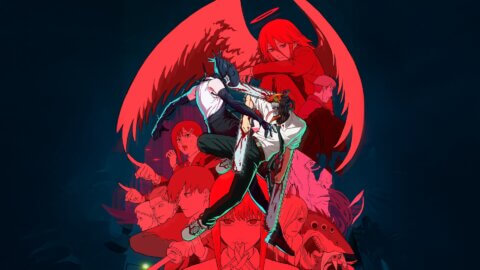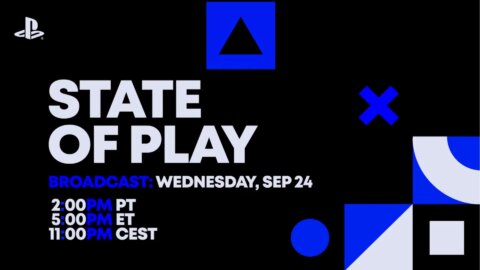It’s wild to think it’s been over a decade since the last new Ninja Gaiden game. Ten-plus years of silence from one of the most legendary action franchises of the mid 2000s, and then earlier this year we got the reveal that not only would more Ninja Gaiden be coming, it would also release this year.
Now, I’ll be upfront, I’ve never been a hardcore Ninja Gaiden fan. I knew its reputation, being brutally difficult, lightning-fast, and stylishly violent, but it wasn’t a series I’d experienced much of. My recent experience with the remade Ninja Gaiden Black 2 earlier this year actually got me much more invested. It reminded me of why I love this genre in the first place, the rush of mastering deep combat systems, the satisfaction of chaining together perfect combos, the adrenaline of surviving on a sliver of health.
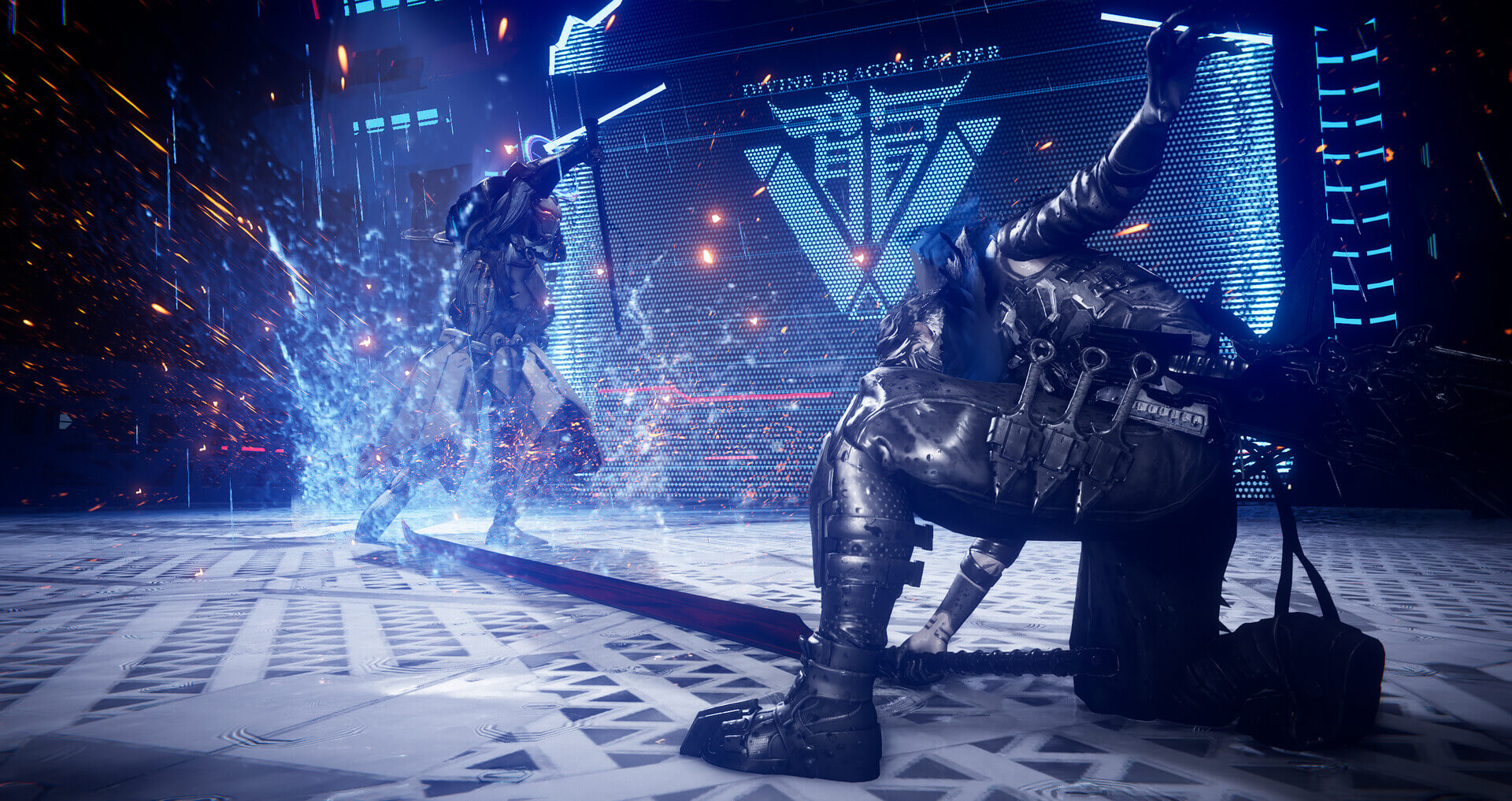
I’m also a massive fan of Devil May Cry and similar fast-paced action games, so when Ninja Gaiden 4 was announced, it was instantly on my radar. This game is every bit the comeback I hoped for. It feels like the old Ninja Gaiden spirit infused with modern action design. It’s fast, vicious, flashy, and it doesn’t waste a single second trying to baby you.
Part of what makes Ninja Gaiden 4 feel so confident right out of the gate is the development team behind it. Team Ninja joined forces with PlatinumGames for this one, and that partnership shows. The game oozes Platinum’s influence. Hyper-responsive combat, flashy style meters, intricate combo possibilities, and a “go big or go home” sense of action design.
If you’ve played Metal Gear Rising: Revengeance or Bayonetta, you’ll immediately feel the DNA overlap. The hits connect with that satisfying, crunchy impact. The camera sweeps in dramatic angles mid-fight. Every kill feels like a performance. Yet, underneath all that style, there’s still the unmistakable Ninja Gaiden core, that pure, precise technical edge that demands skill and punishes carelessness. It’s a perfect blend, Platinum’s flair meeting Team Ninja’s discipline.
One of the biggest surprises in Ninja Gaiden 4 is that Ryu Hayabusa isn’t the main character this time. That was risky, Ryu is the face of the franchise, but it’s a gamble that mostly pays off. This time, you primarily play as Yakumo, a new-generation ninja from a rival clan. He’s got a different energy than Ryu, more intense, more edgy, and far more unrestrained. Where Ryu feels stoic and precise, Yakumo feels unpredictable and feral.
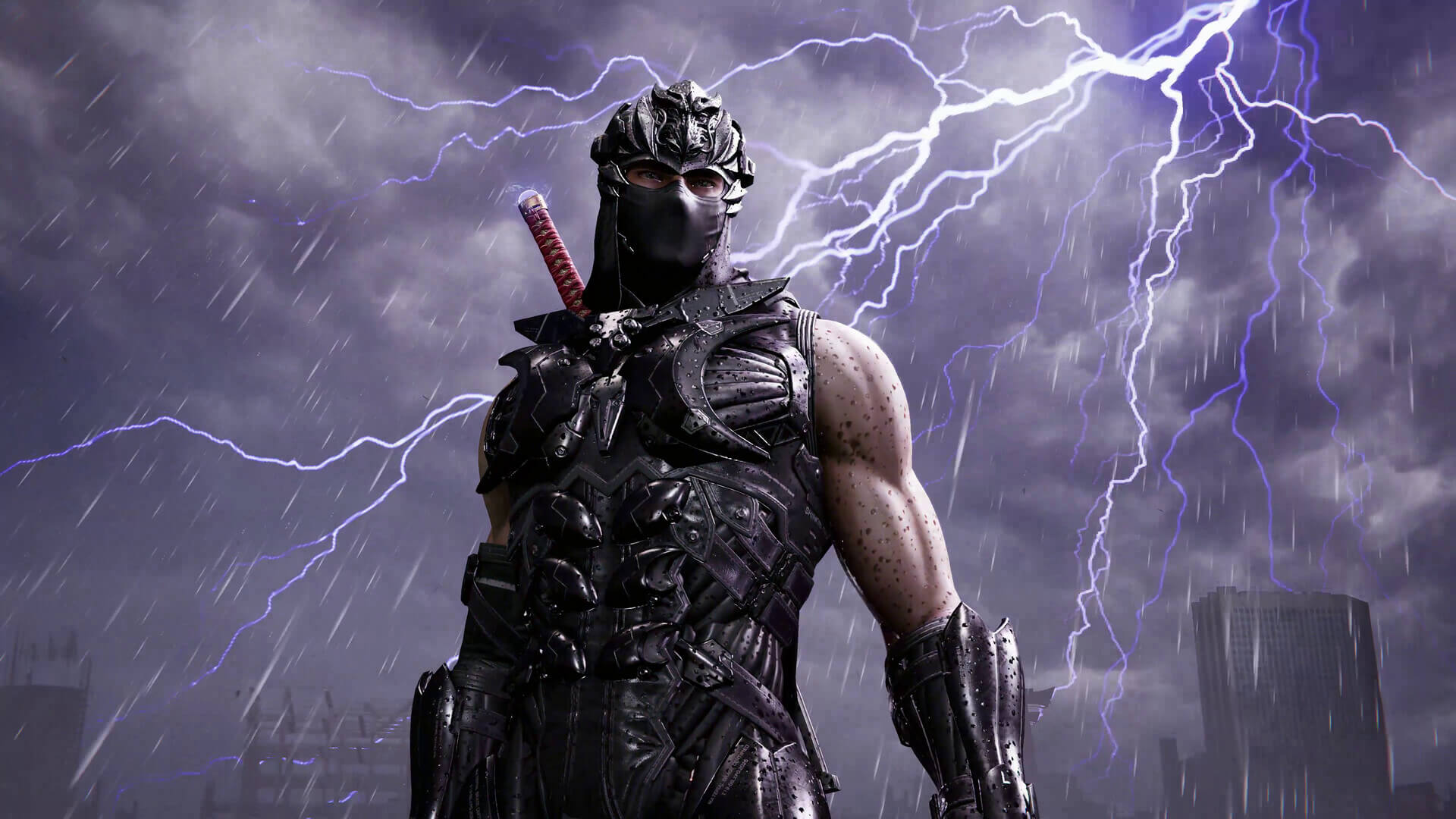
Gameplay-wise, Yakumo’s defining mechanic is his Bloodraven abilities, a system that builds as you fight and lets him channel the blood of his enemies into weapon transformations and power-ups. When activated, it’s like flipping a switch. His blades glow, his combos extend, and the screen erupts into a blur of violence. It’s brutal, cinematic, and continuously fun to use.
Yakumo’s move set also emphasizes aggression. He can chain light and heavy attacks into midair juggles, cancel into dodges or finishers. It’s a faster, more explosive combat style than Ryu’s, and honestly, it feels like a natural evolution of the series’ combat philosophy. Ryu still appears later in the game, and switching to him feels noticeably different, slower, heavier, more methodical. It’s a great contrast, and it makes those moments where you finally get to control the series legend feel special.
The story in Ninja Gaiden 4 takes place some time after the events of Ninja Gaiden 3, and it immediately sets a darker, more cinematic tone. Ryu Hayabusa may have defeated the Dark Dragon years ago, but he didn’t destroy it completely. What’s left of the creature, a massive, twisted husk, now lies coiled around Tokyo like a curse, drenching the city in a toxic rain that’s merging the human world with the underworld. The result is a Tokyo that’s been evacuated, quarantined, and locked down by a paramilitary group called the Divine Dragon Order. The whole setting feels like a blend of myth and apocalypse, ancient evil wrapped around neon skyscrapers.
You play as Yakumo, a young ninja from the Raven Clan who’s sent into this ruined Tokyo on a mission to assassinate the Dark Dragon’s priestess, Seori. His clan believes that killing her will fulfill an old prophecy and finally erase the Dark Dragon’s influence, since the Raven Clan’s bloodline is tied to the creature’s origins. But when Yakumo finally tracks Seori down inside a DDO prison facility, she turns everything upside down. She insists that killing her would only doom the world further, that she’s the only one capable of breaking the seals imprisoning the Dark Dragon, purifying it, and making it vulnerable to true destruction.

What follows is an uneasy alliance between Yakumo and Seori as they escape the prison and plunge into the heart of a cursed Tokyo, hunted by both the DDO and demonic forces that are feeding off the Dragon’s corruption. The dynamic between them is one of the story’s strongest elements, part distrust, part reluctant partnership, slowly building into something more layered as they learn how deep the prophecy really runs. Ryu Hayabusa still looms large in the background, acting as both legend and warning, a reminder of what’s at stake and what’s already been sacrificed.
It’s not a complex story, but it’s a striking setup. A fallen city wrapped in divine punishment, a new generation of ninja wrestling with their own bloodline, and a mission that blurs the line between redemption and damnation. It gives every battle a real sense of weight, and it fits perfectly with the game’s brutal, mythic energy.
Structurally, the game keeps things tight. It’s mostly linear, each level is a distinct mission, with clear start and end points, but there are secrets tucked everywhere. Hidden collectibles, challenge encounters, and optional minibosses keep each stage worth exploring beyond the main path. There’s even purgatory zones to find, bite-sized combat challenges that offer rewards if you find and manage to complete them. It’s not an open world, and that’s fine. The design keeps the pace relentless, but it rewards curiosity without wasting time.
One of the most satisfying parts of Ninja Gaiden 4 is its progression system. You earn Ninja Coins from enemies and challenges, which can be spent to unlock or upgrade Yakumo’s abilities. Most skills you invest in feel really meaningful, whether it’s expanding your combo routes, improving Blood Raven duration, or unlocking new weapon techniques. Mastering the game’s different weapon types, keeps combat fresh and encourages experimentation.
What I appreciated most is that the upgrades never feel bloated. It’s all meat, no filler. Every ability has a clear purpose and visual flair, and the game constantly feeds you new tools to make combat more expressive. And you’re capable of pulling of some super complex and highly destructive combos by the end of the game.
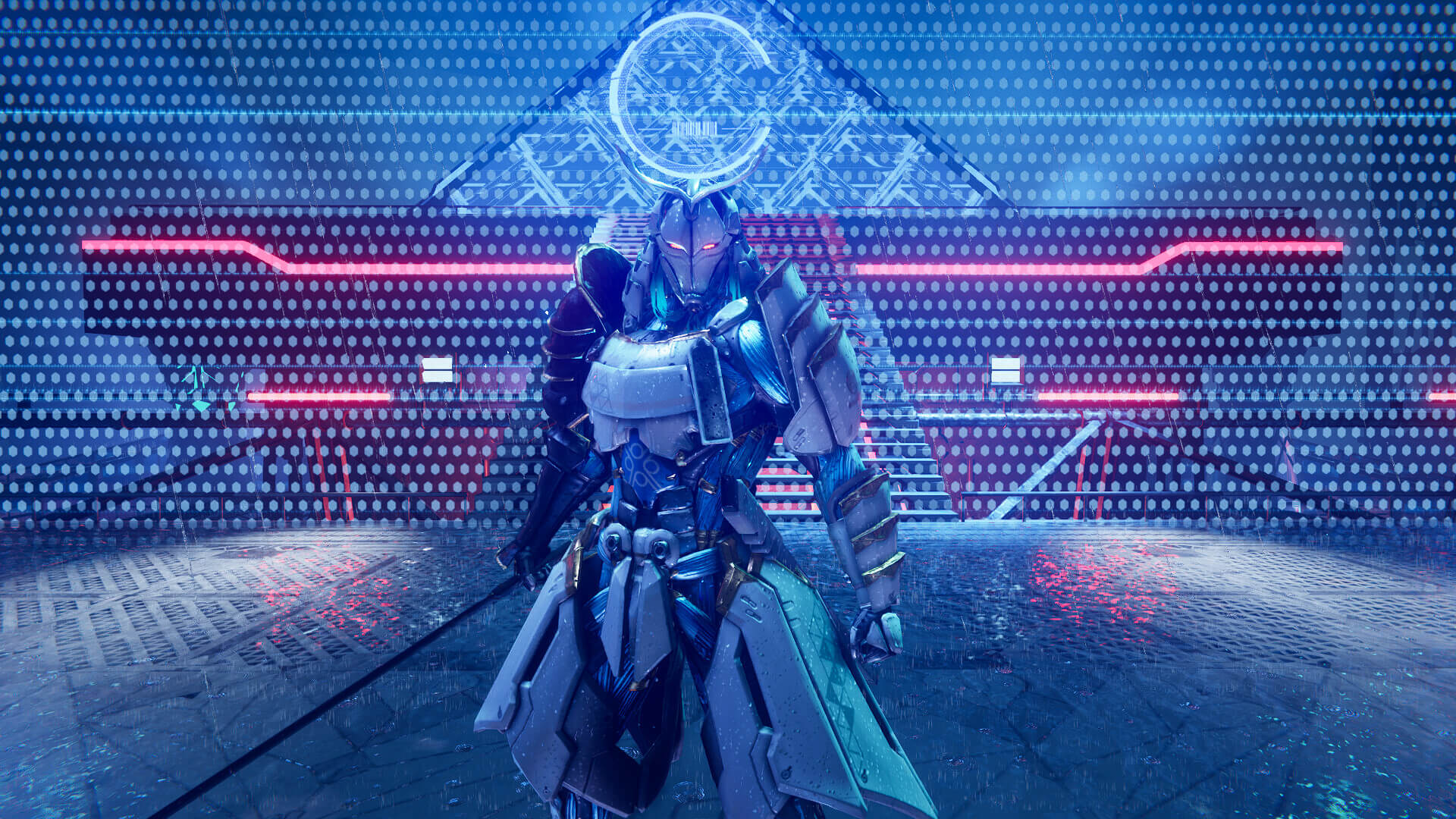
The real heart of Ninja Gaiden 4 is the combat. It’s glorious chaos, a perfect storm of precision, speed, and violence. Every encounter demands full attention. Enemies hit hard, punish sloppy play, and often come at you from multiple directions. Dodging, parrying, and countering all have to be timed perfectly. When you get it right, though, when you slice through a group of demons in a seamless combo without taking a hit, it feels incredible.
The combo potential here is staggering. Between weapon swapping, mid-air cancels, Bloodraven attacks, and special techniques, there are endless ways to approach fights. You can stay grounded and technical, juggling one enemy while parrying another, or go wild with aerial chains and finishing moves. The gore level is also back. Limbs fly, blood sprays, and finishing animations are gloriously over-the-top. It’s stylized enough to feel cathartic rather than gratuitous, and it fits the game’s tone perfectly.
The boss fights are classic Ninja Gaiden: challenging, creative, and pulse-pounding. Each one feels handcrafted to test a different aspect of your skill. They range from humanoid enemies to those that are more supernatural in nature and some that are straight up monsters. Every boss demands strategy, learning patterns, exploiting openings, managing your Blood meter wisely. The difficulty feels fair, though. You’ll die, but every death teaches you something. When you finally land that last hit, the payoff is huge.
The soundtrack is killer. Heavy percussion, distorted guitars, and eerie traditional Japanese instruments mix to create a soundscape that’s both modern and mythic. Every boss theme slaps. Every encounter has the right tempo. It keeps your pulse synced with the action.
Visually, Ninja Gaiden 4 looks fantastic on PS5. The environments are dense and detailed, from neon-soaked city streets to ruined temples and demonic dimensions dripping with corruption. Character designs are slick, with Yakumo’s blood-soaked armor evolving as his power grows. Ryu looks timeless, too his design screams “legend.” The game runs smoothly, even when the screen fills with enemies, blood, and particle effects. It’s a visual spectacle that never doesn’t sacrifice performance for flashy visuals.
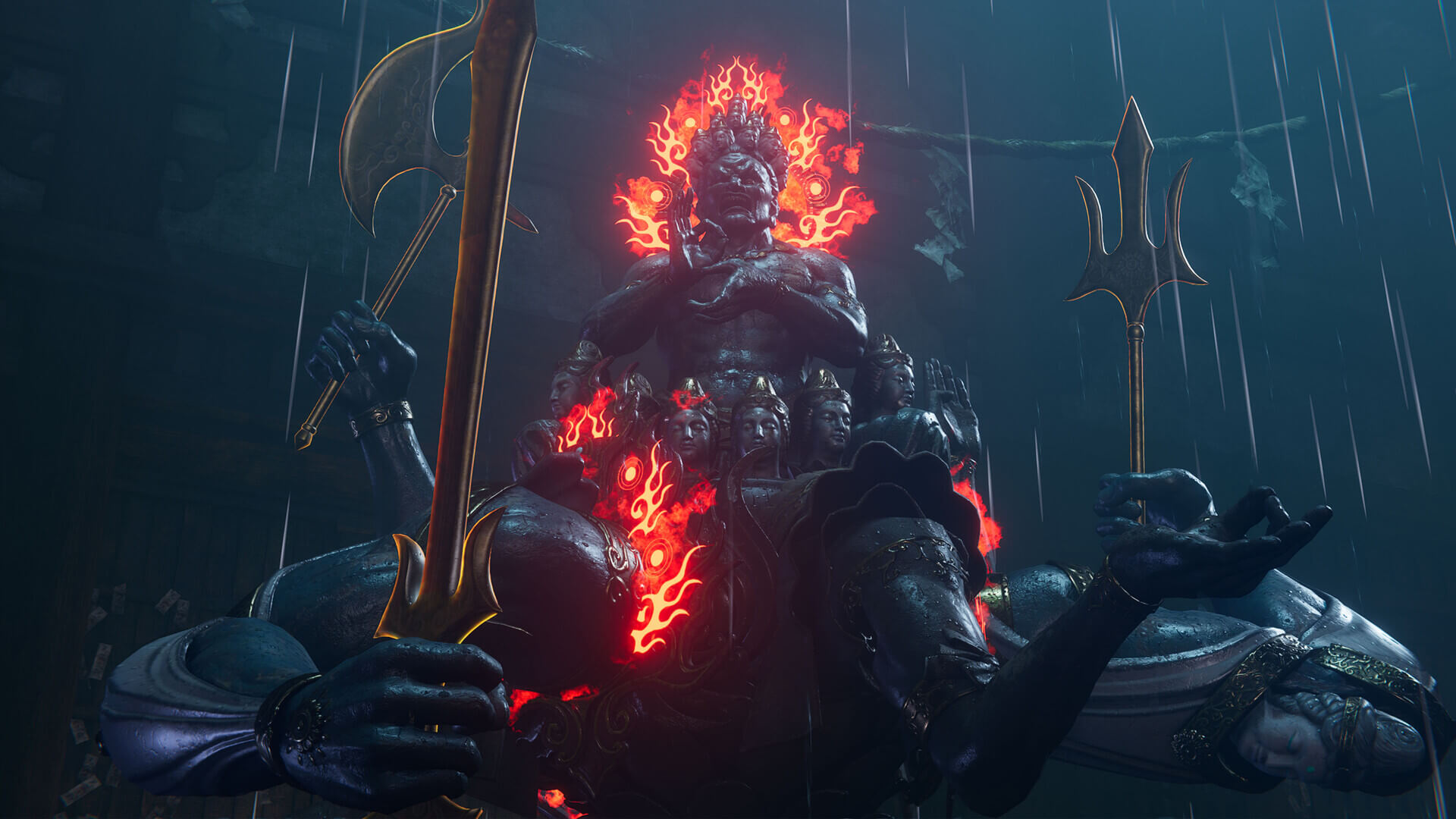
While I loved my time with Ninja Gaiden 4, there are a few areas where it could sharpen its blade even more. The story could use more emotional weight and deeper plot, while i know this is a series that has never been super heavy on storytelling, I still would have loved to learn more about the characters and lore. Yakumo’s arc is compelling, but some supporting characters fade into the background. The upgrade pacing could also be faster at times, a few of the most exciting abilities unlock late in the game, and I wished I had them earlier. Level variety also dips near the end. A couple of late-game missions reuse similar environments, and it shows. But these are nitpicks in what’s otherwise a stellar package.
Final Thoughts
Ninja Gaiden 4 is exactly the kind of comeback I wanted to see. It honors the series’ brutal legacy while confidently trying something new. The collaboration with PlatinumGames gives the combat a fluid, cinematic energy that makes every fight feel alive.
As someone who came into this not as a lifelong fan but as an action-game junkie, I walked away completely sold. The new protagonist Yakumo is a great addition, the combat is some of the best in the genre, and the presentation is pure adrenaline from start to finish. It’s challenging, stylish, and unapologetically hardcore, the kind of game that makes you want to get better just so you can see what insane thing it throws at you next.
A PS5 review code was provided by the publisher for the purpose of this review.
If you want to see more content like this and never miss one of our frequent gaming and anime giveaways come and Follow Ani-Game on Twitter.
8.5
- + Fun, flashy, gory, challenging combat
- + A new characters with a deep moveset
- + Detailed areas and art direction
- + Well designed boss encounters
- - Story could have benefitted from more depth and character moments
- - Skill progression pacing
- - Reused areas and backtracking take away from the ending sequences
